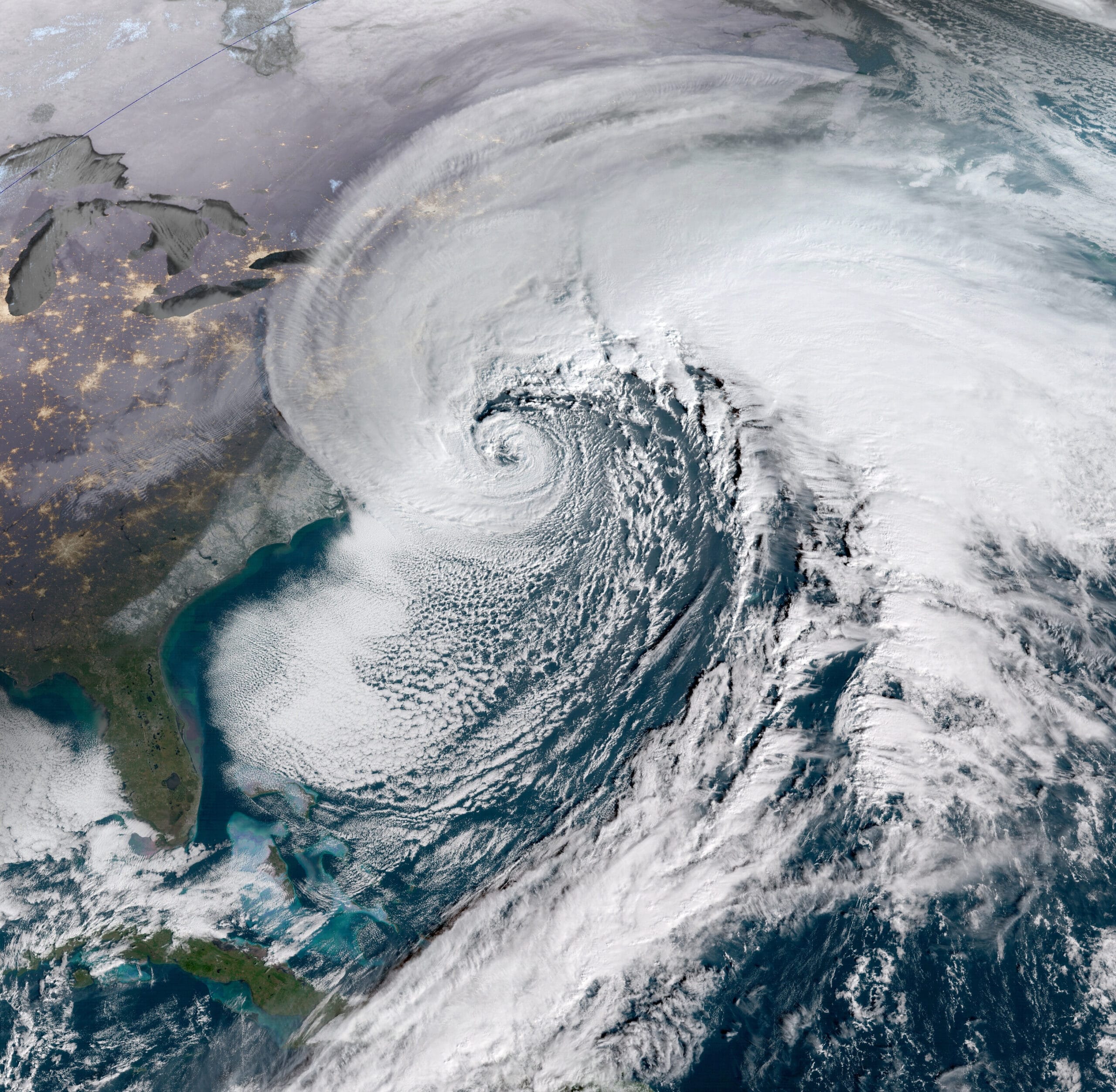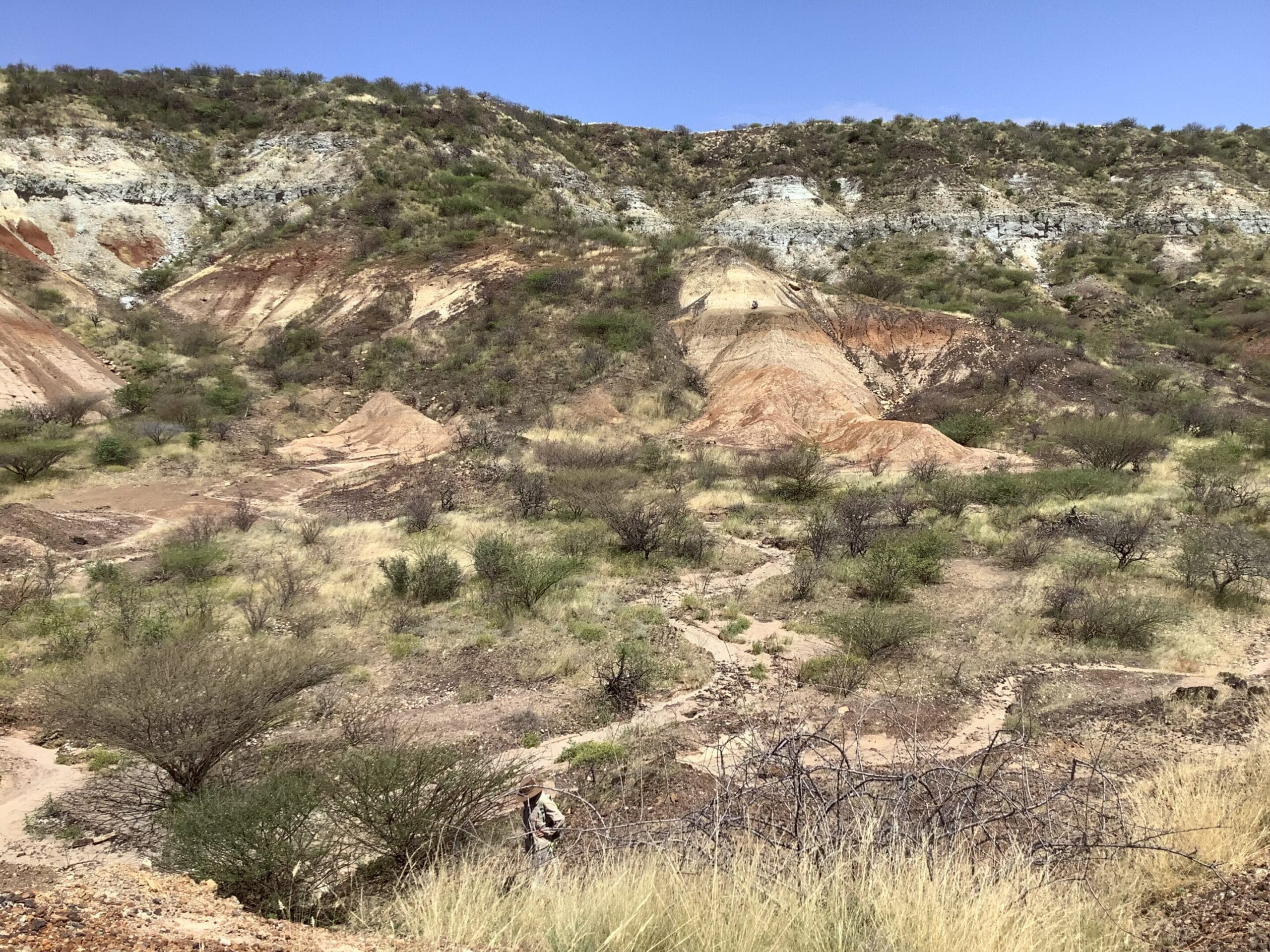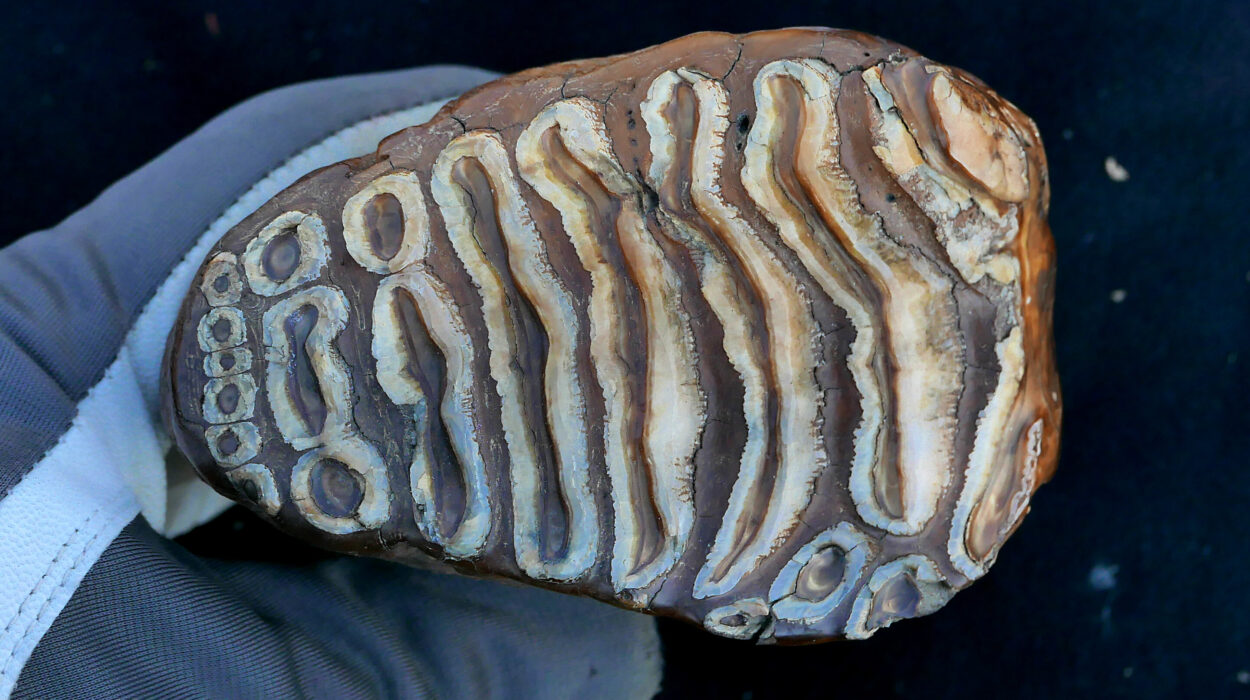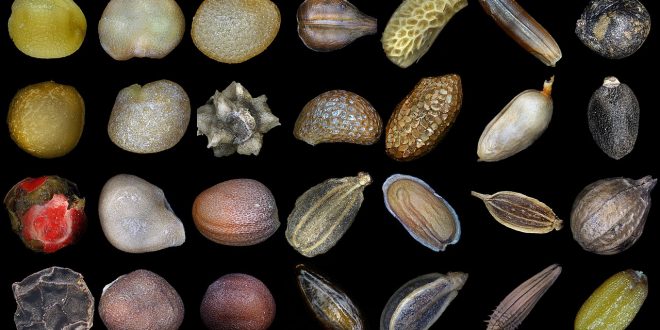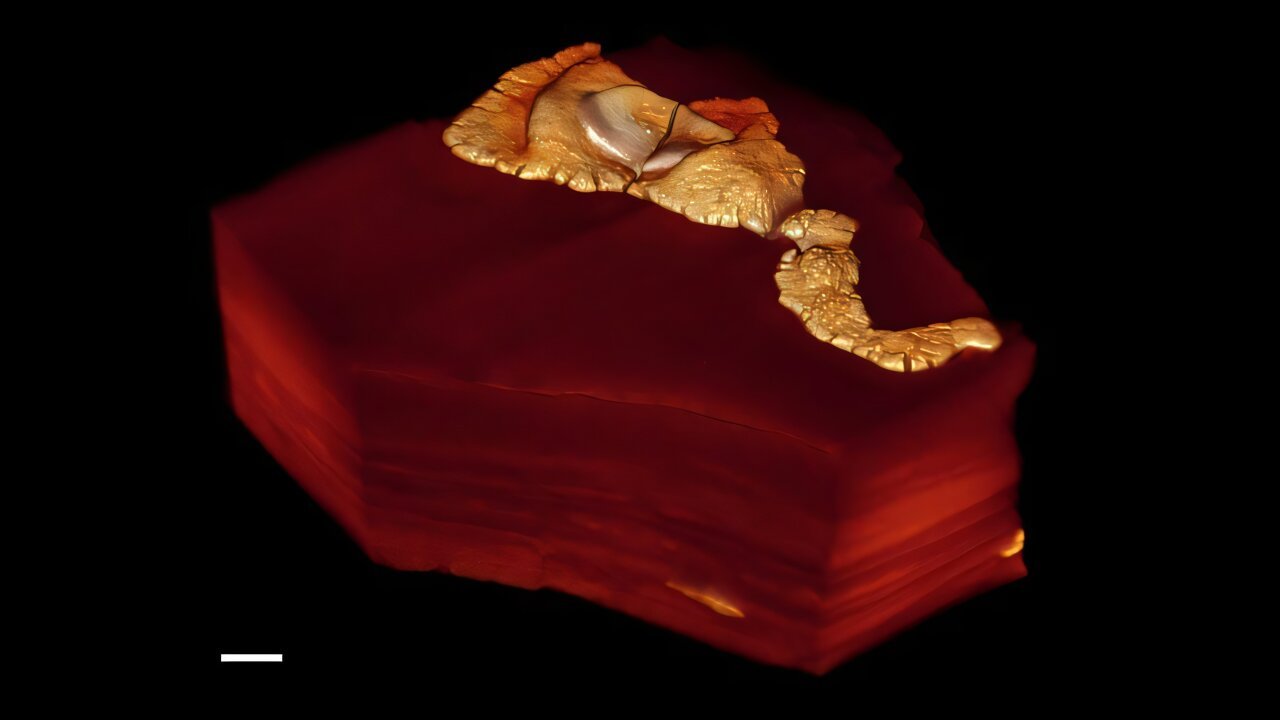Along the windswept edge of North America’s eastern seaboard, where land and ocean collide in a restless dance, a particular kind of storm brews with relentless power and chilling precision. Nor’easters, named for the biting wind that barrels in from the northeast, are no ordinary storms. They churn with fury, dragging icy winds down from the Arctic and drawing up warm moisture from the Atlantic, becoming sprawling, monstrous systems that can paralyze cities and reshape coastlines.
These storms are the architects of winter chaos—capable of burying entire regions under feet of snow, flattening neighborhoods with hurricane-force winds, and flooding coastlines with angry storm surges. For generations, residents from the Carolinas to Maine have braced themselves against their wrath. They remember the great nor’easters not just by name but by feeling—the bitter cold, the darkness, the silence after the storm passes and leaves behind a changed world.
But something unsettling is happening beneath the swirling clouds and crashing waves. These storms, long feared for their seasonal assault, are beginning to change.
A Dangerous Shift in the Storm Cycle
For decades, scientists have warned that climate change is not merely warming the planet but altering the very rhythms of Earth’s weather systems. Recent research published in the Proceedings of the National Academy of Sciences has illuminated a troubling paradox. Nor’easters, while becoming less frequent overall, are growing more intense. The most ferocious storms—the ones that cripple entire cities and cost billions of dollars in damage—are hitting harder than ever before.
This finding contradicts earlier assumptions that suggested a future of milder winters and fewer extreme events. Many of those studies, it turns out, focused on averages—on the general frequency of storms or typical wind speeds. But the real danger, the researchers argue, lies not in the average storm, but in the outliers. The monsters. The statistical 1%.
By reanalyzing an extensive dataset of cyclone activity spanning from 1940 to 2025, scientists used a more refined approach. They employed a sophisticated cyclone-tracking algorithm, isolating “impactful nor’easters”—storms with a sustained minimum sea level pressure for at least 24 hours that traveled more than 1,000 kilometers. These are not your run-of-the-mill winter storms. These are the perfect storms, the snowmageddons, the ones that earn names etched into meteorological history.
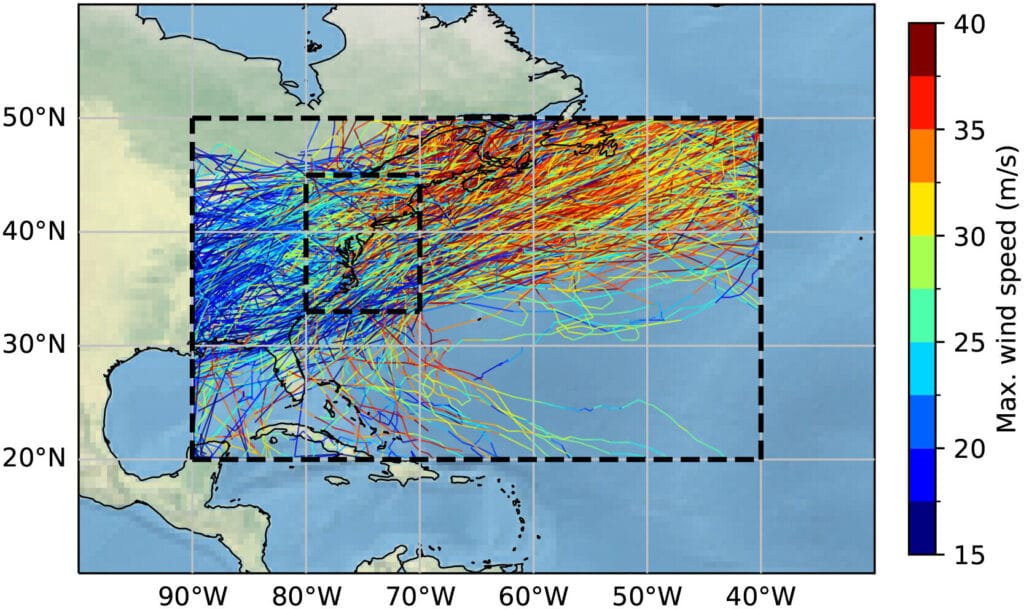
And the evidence is now clear: the maximum wind speeds of these most impactful nor’easters have steadily increased over the past 85 years. So have their hourly precipitation rates. In simple terms, the worst storms are getting worse.
Fueling the Fury: Warmer Oceans, Wetter Skies
How do these colder-season storms grow stronger in a warming world?
The answer lies in the thermodynamic engine that powers all storms: heat and moisture. As global temperatures rise, the ocean holds more heat, and the atmosphere can carry more water vapor. When a nor’easter forms—typically as cold, dry Arctic air sinks southward and collides with a warm, moist airmass rising up the coast—the contrast between the two creates instability. That instability is the storm’s spark plug.
Warmer Atlantic waters now supercharge that spark. The energy the storm pulls from the ocean is far greater than it was even a few decades ago. Meanwhile, the moist air saturating the atmosphere provides fuel for heavier, more sustained precipitation. Snowfalls become more intense. Rain events turn into deluges. Coastal winds hit like sledgehammers.
It’s a brutal irony: the very mechanisms making winters warmer overall are also empowering the most dangerous winter storms.
The Anatomy of a Nor’easter
To understand why these storms are becoming such threats, we need to understand how they’re born.
It begins high in the atmosphere, where the polar jet stream—a fast-moving river of air that circles the Northern Hemisphere—dips southward. This dip allows cold Arctic air to spill over the continental United States. As it presses southeastward, it encounters a contrasting mass of warm, moist air surging up from the Gulf Stream in the Atlantic Ocean.
The collision sets off a chain reaction. A low-pressure system forms just off the East Coast, typically around the Carolinas or further north near Cape Hatteras. As the system intensifies, it begins to rotate counterclockwise—a cyclonic motion that defines nor’easters. This circulation pulls in more cold air from the interior and more warm moisture from the ocean, escalating the storm’s power.
As the pressure drops, winds strengthen. If the low-pressure center deepens rapidly—a process called “bombogenesis”—the storm can quickly transform into a formidable blizzard or rainstorm, depending on the temperature profile of the region it strikes.
When it makes landfall, the damage can be catastrophic. Waves batter the coast, wind tears through power lines, and snow blankets highways and homes. Afterward, the storm may drift northeastward into Canada’s Maritime provinces, finally fizzling out as its warm fuel is cut off.
But the scars it leaves behind—flooded basements, collapsed roofs, eroded beaches—remain.
The Language of Extremes: From “Storm of the Century” to Everyday Risk
Nor’easters have never been gentle, but recent ones have bordered on biblical. The infamous “Storm of the Century” in 1993 claimed over 300 lives and caused more than $5 billion in damage. The 2010 “Snowmageddon” paralyzed Washington D.C. and left millions without power. And 2012’s Hurricane Sandy, which began as a late-season hurricane but transformed into a hybrid nor’easter, brought 13-foot storm surges to New York City and redefined the scale of urban vulnerability.
These events once seemed rare. But if the current trend continues, what was once a generational storm could become a once-a-decade event—or even more frequent. That is the chilling conclusion of the recent PNAS study. The researchers found that nor’easters in the top third of severity—those above the 66th percentile—have experienced significant increases in both wind speed and precipitation since the mid-20th century.
This finding forces a reevaluation of what “normal” means. Infrastructure built to withstand past storms may no longer be sufficient. Coastal communities, already under threat from sea-level rise, now face the added danger of stronger storm surges and higher wind loads.
Invisible Lines of Responsibility
Climate change is not a hurricane bearing down on a city. It does not howl or crash. It creeps, quietly. It heats oceans, it thickens the air, it alters the pathways of storms like invisible fingers on the strings of weather. And it is humanity—our burning of fossil fuels, our deforestation, our relentless industrial expansion—that has tilted the atmosphere out of balance.
Nor’easters are not caused by climate change. They are natural phenomena, part of Earth’s seasonal pulse. But climate change is giving them new teeth.
Some might argue that fewer storms overall is a good thing—and in some respects, it is. But if those fewer storms are stronger, costlier, deadlier, then the equation becomes more ominous than hopeful. The statistics may show less frequency, but for the people in the path of these storms, it’s the intensity that matters.
What the Future Holds Along the Atlantic
Forecasting the future in a warming world is fraught with uncertainty, but the signs are sobering. Warmer oceans, more moisture-rich atmospheres, and altered jet stream patterns all suggest that nor’easters could become more volatile, more erratic, and harder to predict.
Some regions may see more rain than snow in the future, changing the very nature of winter storms. Others may face more frequent transitions between rain and snow—conditions that increase the likelihood of freezing rain, power outages, and transportation chaos.
The Northeast Corridor—from Washington D.C. to Boston—is home to over 50 million people and a vast network of critical infrastructure. It is one of the most densely populated, economically vital, and meteorologically vulnerable regions in the United States. The stakes could not be higher.
Facing the Storm with Eyes Open
In the end, science does not tell us what to fear—it tells us what to prepare for. The story of nor’easters in a warming world is not a prophecy, but a warning. A warning etched into wind speeds and rainfall rates, into satellite images and reanalysis datasets, into the memories of those who have lived through the chaos.
There is still time to adapt, to build smarter, to reinforce coastal defenses, and—most importantly—to reduce the emissions that are heating our oceans and fueling our fiercest storms. But the window is not endless. The atmosphere remembers everything. It is a mirror of our choices.
The next time the winds shift and the sky darkens over the Atlantic, know this: the storm is not just weather. It is a message carried in moisture and motion. It is a reminder that the forces we have awakened are no longer silent.
Reference: Kevin Chen et al, The intensification of the strongest nor’easters, Proceedings of the National Academy of Sciences (2025). DOI: 10.1073/pnas.2510029122
